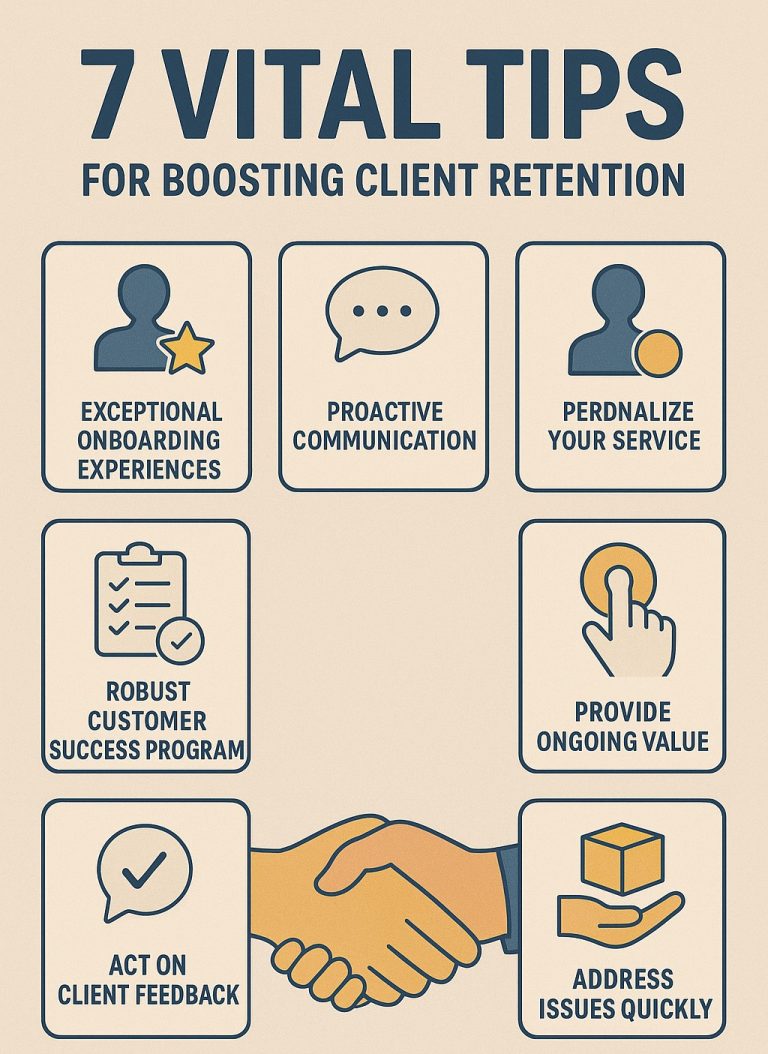The global hospitality market expanded from $4,390.59 billion in 2022 to $4,699.57 billion in 2023. This growth reflects a robust recovery; however, challenges remain. Although the figures are promising, the market must navigate various obstacles.
As the hospitality industry expands, businesses must purchase high-quality equipment to uphold service standards and satisfy customer expectations. From kitchen appliances to guest room essentials, budgeting for these assets is vital to ensure business success in a shifting market like hospitality.
In essence, proper budgeting enables smooth growth without financial strain, so, finding dependable financing options is especially beneficial when expanding. Read on to learn how to manage your finances regarding acquiring equipment in a dynamic hospitality sector.

The Leasing Advantage: Securing Reliable Financing Solutions
In the highly competitive domain of the hospitality industry, securing dependable financing solutions is crucial for achieving success. Leasing equipment has emerged as a strategic advantage, allowing businesses to obtain necessary equipment without the strain of considerable upfront costs. This financial flexibility enables hospitality businesses to conserve capital for other vital investments, such as marketing and staff development.
In Canada, for instance, the hospitality sector grapples with unique challenges—most notably, seasonal fluctuations in demand. Securing reliable lease-to-own equipment financing Canada-based options offers Canadian hotels and restaurants access to cutting-edge technology, which ensures they remain competitive. By choosing leasing agreements that frequently encompass maintenance support, businesses can mitigate operational risks that are often linked to equipment ownership.
Overall, leasing empowers hospitality enterprises to manage cash flow effectively, enhance operational efficiency, and ultimately deliver exceptional guest experiences in an ever-evolving landscape.
Setting Clear Budget Goals for Equipment Purchases
Budgeting equipment purchases for a growing hospitality business requires taking an organized, methodical approach that aligns with the financial goals and operational needs. You can start by listing essential items immediately—kitchen appliances, cleaning equipment, and guest room essentials, for example. Then, accurately estimate costs through supplier quotes, average price research, or seasonal price fluctuations.
Once you understand your immediate equipment requirements, consider future needs that might emerge as your business expands. Additional seating arrangements or kitchen upgrades as well as special event-oriented equipment may become necessary in the coming years.
Ultimately, setting a budget that encompasses current requirements while leaving room for future upgrades allows your organization to remain responsive to market requirements. Such a consideration saves your business from unexpected repair costs while minimizing operational disruptions.
Planning for Maintenance, Repairs and Upgrades
An effective equipment budget goes beyond the initial acquisition cost and should include allowances for maintenance, repairs, and upgrades. Preventive maintenance can extend the life of equipment by avoiding breakdowns that cause costly service delays in busy hospitality environments. This should be included as part of your equipment budget plan for consistency in cost management and predictability. Setting an estimated percentage aside in your equipment budget to cover annual maintenance will keep costs predictable and manageable.
Upgrades should also be carefully considered in a competitive industry with constantly rising customer expectations, so budgeting for periodic upgrades ensures you can invest in newer models without straining financial resources. This may especially apply to customer-facing equipment such as coffee makers or ice makers that directly contribute to guest satisfaction. By planning these expenses in advance, hospitality businesses can stay ahead of their rivals by consistently offering top-quality experiences to guests.
Understanding Total Cost of Ownership in Equipment Acquisition
Total cost of ownership (TCO) is an integral factor when considering equipment acquisition options for any business, especially hospitality industry ones. TCO covers the total expenses involved with buying, using, and maintaining any piece of equipment over its lifecycle; such expenses could include initial purchase price, financing costs, installation fees, repairs insurance or maintenance downtime.
Businesses that only focus on upfront expenses run the risk of overlooking significant long-term costs that could erode profitability. By conducting TCO analysis, hospitality businesses can make more informed decisions that align with both their financial strategies and operational needs. Understanding all financial implications associated with equipment choices enables greater budgeting and planning capabilities, ultimately leading to improved profits in competitive environments.
The Bottom Line
Budgeting effectively for equipment in a growing hospitality business is integral to its sustainable expansion and customer satisfaction. Outlining a detailed budget for acquiring equipment, exploring leasing as a viable and cost-effective option, planning for maintenance and repair costs, as well as understanding TCO will all help you navigate the dynamic, ever-evolving world of hospitality.
At the end of the day, with a carefully managed and flexible budget in place, hospitality businesses can meet operational demands efficiently while improving customer experiences and taking advantage of new growth opportunities safely and sustainably.





